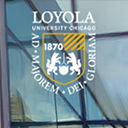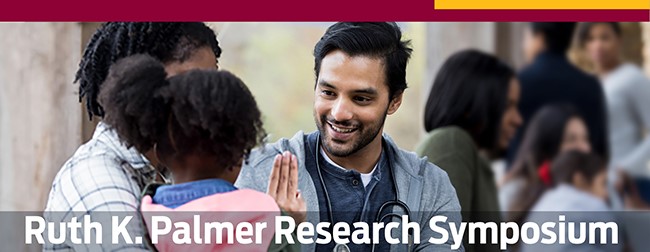Title
Prelicensure Practical Nursing Faculty's Perspectives using Web 2.0: A Basic Qauatlitative Study
Credentials of Corresponding Author
PhD, RN, CDP
Name of Faculty Advisor
Dr. Joy Kieffer
Purpose
The purpose of this basic qualitative research study was to explore prelicensure practical nursing (PN) faculty members’ perspectives and experiences with web 2.0 technological activities within their teaching and learning environments. Moreover, this study can help nursing faculty understand the implementation of various web 2.0 technological activities.
Background and significance
Modern technological activities, such as web 2.0 technologies, have proven valuable in preparing modern nursing students for a technologically advanced healthcare system where patients interact and form interpersonal relationships with their healthcare team. Nurses can provide professional resources to patients through web 2.0 technologies such as blogs, websites, and social media platforms, building strong relationships among the healthcare team and the patient population. Web 2.0 technological applications could enhance collaborative learning among learners.
Theoretical/Conceptual framework
The theoretical framework, social constructivism grounded and served as the framework for the study and was driven by the seminal work of Lev Vygotsky (1978). Social constructivism provided a different lens into the lived experiences adding that learning is a social process that nurtures exploration of new ideas and negotiating others’ beliefs, experiences, and views.
Method
This study used a basic qualitative design. The sample included 10 prelicensure PN faculty members with a minimum of an earned Bachelor of Science in Nursing (BSN) degree and at least one year of academic teaching experience. Recruitment for the study was completed according to the Institutional Review Board (IRB) standards and procedures. Interviews were conducted through a video-conferencing platform using semi-structured interview questions. The data was analyzed data using constant comparative analysis.
Results
The findings of the study showed that most PN faculty utilized YouTube for teaching and learning activities. Two participants used social media as learning activities and found that Facebook enhanced communication, teamwork, and collaboration. Many participants expressed limitations using web 2.0 technologies for educational purposes, such as lack of time and professional training.
Conclusions
This study helped fill a gap for nursing education regarding the use of web 2.0 technology within their teaching practices. Possible future research on the faculty’s education on using web 2.0 technologies and the age and experience relating to the use of web 2.0 technological tools could be helpful.
Prelicensure Practical Nursing Faculty's Perspectives using Web 2.0: A Basic Qauatlitative Study


